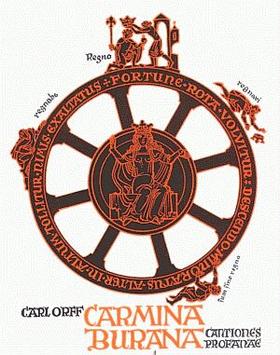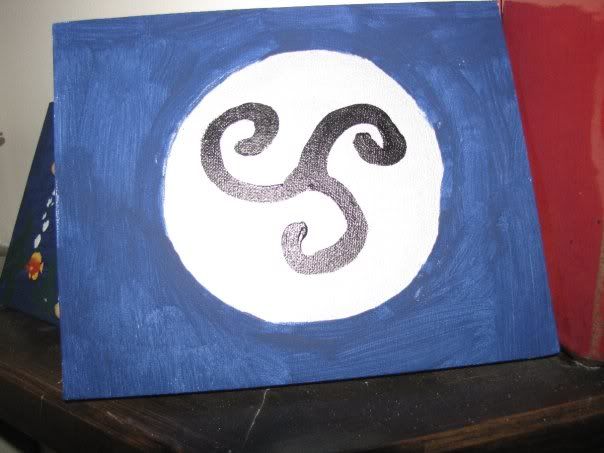"Brescia the heavy,
"Brescia the strong,
"Brescia Lion of Italy"
"Brescia the strong,
"Brescia Lion of Italy"
-- Poet Giosuè Carducci,
Alcaic ode to Brescia’s
Winged Victory
************
Found in 1826 near the Capitoline Temple of Roman Brixia, the bronze statue originally portrayed Venus looking at her reflection on Ares’s shield
'The Winged Victory in Brescia: from Venus to Nike'
.






















